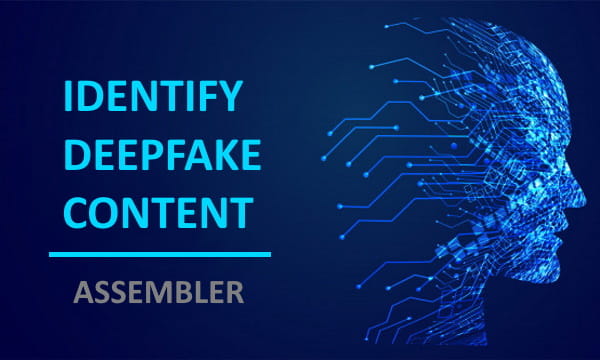Deepfakes are basically synthetic media created by manipulating an original media using sophisticated computer algorithms and techniques. Right from the beginning, deepfakes made everyone realized how this technology can be misused. Now there are lots of deepfake content on the internet including doctored videos and pictures. Some of the deekfake content seem so realistic that it has become hard to identify with a naked eye. That can leads to terrible results if we don’t do anything to counter it. There are two possible ways for that, either we should stop deekfakes which is highly unlikely, or we should build a technology to easily identify the deepfakes.
Analyzing the harmful impact of the deepfakes, some big tech companies are working on creating countermeasures for deepfake content. Jigsaw, a unit under Alphabet has announced a tool with hopes to help people identify deepfake media easily. Jigsaw, Google, research groups, and institutions have collaborated on this tool to tackle the problem of deepfake.
Also read: Linode Offers Advanced DDoS Protection Globally for Free
Identify Deepfake Content using Assembler A Tool by Google
Assembler is a platform designed to spot doctored media. This tool is created with an idea to help journalists and fact-checker to verify the authenticity of a media. Although the tool is not yet publicly available for use, you can read the approaches it takes to identify doctored along with other details on the Jigsaw website.

There are already many algorithms to detect manipulations in the media. But the deepfake technology uses numerous approaches to create a media which makes it sophisticated to accurately identify the different for a single algorithm. Assembler tackles this problem by bringing multiple detector algorithms together under a single detector. As a result, it can detect multiple multiple image manipulation more accurately compared to an individual detector.
Based on this experiment, the team behind Assembler comes with the challenges they are facing to make the tool work accurately. The challenges they mentioned can be roughly summarized in these three points:
- Database Training
- Low-quality Media
- Lack of Knowledge
Along with the challenges, they also mentioned what approach they are taking to tackle the respective challenge. You can read more about that here.
Closing Words
Assembler is an experimental tool that is currently in its development phase. Currently, the people behind this tool are working on identifying the deepfake images with a plan to expand its reach to videos as well. If you are working on similar tech or have a dataset, you can contact the Assembler team and contribute to this project.